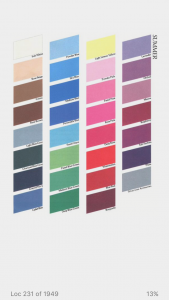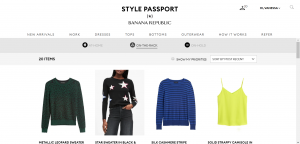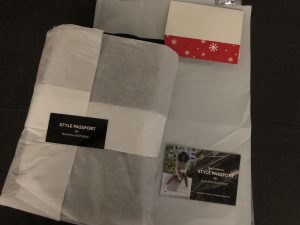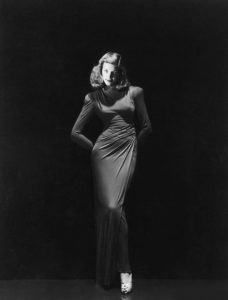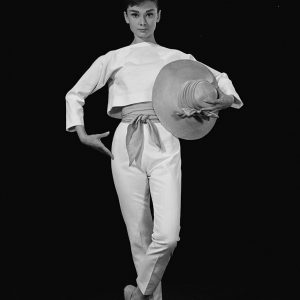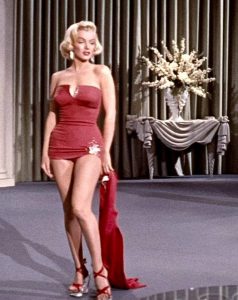When I first discovered 12-season analysis and saw the palettes, I figured I would end up in Light Summer. This wasn’t something I was happy about. More than to my Image ID, I have always felt a kind of resistance to my own coloring. I am a more intense, bold person. The cool-toned pastels and grayed colors frequently given to Summer, especially in 12 seasons, felt completely at odds with my identity.
A lot of people have been going to see David Kibbe in New York recently, and one thing I’ve noticed is that there have been quite people who were told they are warm online end up in Summer. I have been told I’m either Bright Spring or Gentle Autumn, and while I could still end up one of these two seasons, more and more, I feel like Dusty Summer would be the most likely for me.
If you look at my childhood pictures, I think the truth of my coloring is undeniable. I had very light hair and very fair skin. In the photo above, I’m on my way to kindergarten, after spending summer outside in the pool. That is as “tan” as I get. My mother, who has a very finely tuned sense for color and design, also always dressed me in Summer colors, and herself in Spring. Sometimes it was pastel like the picture above; sometimes it was red and navy, or deep plum.
My skin is pretty translucent/reflective, so few colors are terrible… except for Spring colors, as you can see in my Color DIY series. I tried very, very hard to be everything I was not: warm and dark. This, I think, is the inherent danger with the way Sci\ART works now, where you can be basically whatever since you’re looking at how colors react with the skin in isolation. There is really no way you can look at the little girl in the photo above and go, “Ah, yes, this little girl will grow up to be deep and warm.” Even though my hair color has gotten darker over the years to a now medium/dark ash blonde, no one would ever look at me and reach for warm and deep colors.
Compounding the issue is that I am not obviously cool or warm to look at it. I don’t wear pink foundation like some of my fair and cool friends. My hair is also not obviously ashy. My eyes have some yellow in them. Within my family, though, I think that my mother is the Bright Spring and my older brother is the Gentle Autumn that David believes I am between. I have always seen that I am cooler than they are, and that I just had a completely different quality to my coloring. My brother is smokier, (relatively) deeper, and warmer, and my mother is brighter, clearer, and warmer.
Living my T4 truth has helped me gain an appreciation for cool colors. I now wear a lot of red, fuchsia, blue, and green. There is a fair amount of crossover in David’s system between Summer and Winter.
This is Color Me Beautiful’s palette, not the one David uses, but it’s as close as I can get. There are certain colors that just will never appeal to me, like mauve, but that’s okay. Mauve makes no sense with who I am as a person. But within my T4 boldness, I think cool colors are something I am going to continue to explore.

